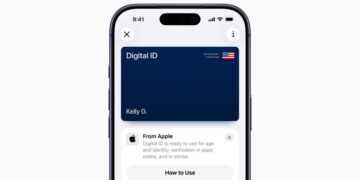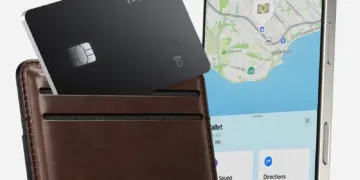
When Apple introduced Emergency SOS via Satellite with the iPhone 14, it was a genuine game-changer, transforming the phone from a disconnected brick to a lifeline in the most remote areas. Now, it appears that was just the beginning.
Reports indicate that Apple is preparing a major expansion of its satellite capabilities, planning a suite of features that will integrate satellite connectivity into our daily digital lives, moving far beyond emergency-only use cases. This next phase is set to redefine what it means to be truly “off the grid” with an iPhone.
The Next Generation of Satellite Connectivity
Apple is reportedly working on at least five major new features that will leverage its partnership with Globalstar’s satellite network, giving iPhones greater functionality in areas without traditional cellular or Wi-Fi coverage.
1. Satellite-Powered Apple Maps Navigation
Perhaps the most significant rumored upgrade is the integration of satellite connectivity into Apple Maps. Imagine driving or hiking through a national park or remote area where signal drops completely—you could still receive directions and route guidance.
- Offline Capability: This feature would essentially give users the ability to access map data and navigation over the satellite link, making downloaded maps an option rather than a necessity for off-grid travel.
2. Richer Messaging Capabilities (Photos)
Currently, Apple’s Messages via Satellite is limited to text only due to bandwidth constraints. The plan is to expand this to allow users to send photos over the satellite connection.
- Enhanced Communication: This would be a huge boost for communication in non-emergency situations, allowing users to share visual information like a vehicle breakdown, a specific trail marker, or a photo of a location in remote regions.
3. “Natural Usage” for Seamless Connection
One of the biggest limitations of the current system is the need for a clear, unobstructed view of the sky and the need to physically point the iPhone at a passing satellite. Apple is working on hardware and software enhancements to enable what the industry calls “natural usage.”
- No More Sky-Pointing: This improvement would allow iPhones to maintain satellite connections while they are in your pocket, inside a car, or even when indoors, eliminating the awkward pointing ritual and making the feature virtually seamless.
4. Satellite API for Third-Party Apps
To truly integrate satellite communication into the iPhone ecosystem, Apple is reportedly developing an API (Application Programming Interface) that will allow third-party developers to incorporate satellite connectivity into their own applications.
- Ecosystem Expansion: This could open the door for popular communication apps or other navigation/utility tools to function with limited data via satellite, greatly expanding the usefulness of the feature.
5. 5G NTN (Non-Terrestrial Networks) Support
Future iPhone models are expected to include support for 5G Non-Terrestrial Networks (NTN). This technology allows terrestrial cell towers to tap into satellites to extend and bolster their own coverage.
- Broader Coverage: While not a feature the user interacts with directly, 5G NTN support would improve overall cellular service in rural and hard-to-reach areas by using satellites to fill in coverage gaps for the carrier network.
Looking Ahead
While the timeline for these new features is not yet clear—many of the major upgrades rely on the expansion and enhancement of partner Globalstar’s satellite infrastructure—they represent a major strategic shift for Apple. The company is moving satellite connectivity from a purely emergency tool to a fundamental utility, ensuring that an iPhone is functional and connected virtually anywhere on the planet.
This push into more robust satellite services comes as competitors like SpaceX (Starlink) and various carriers are also accelerating their own satellite-to-phone efforts. For users, the result is a future where the notion of a “dead zone” may soon become a relic of the past.






